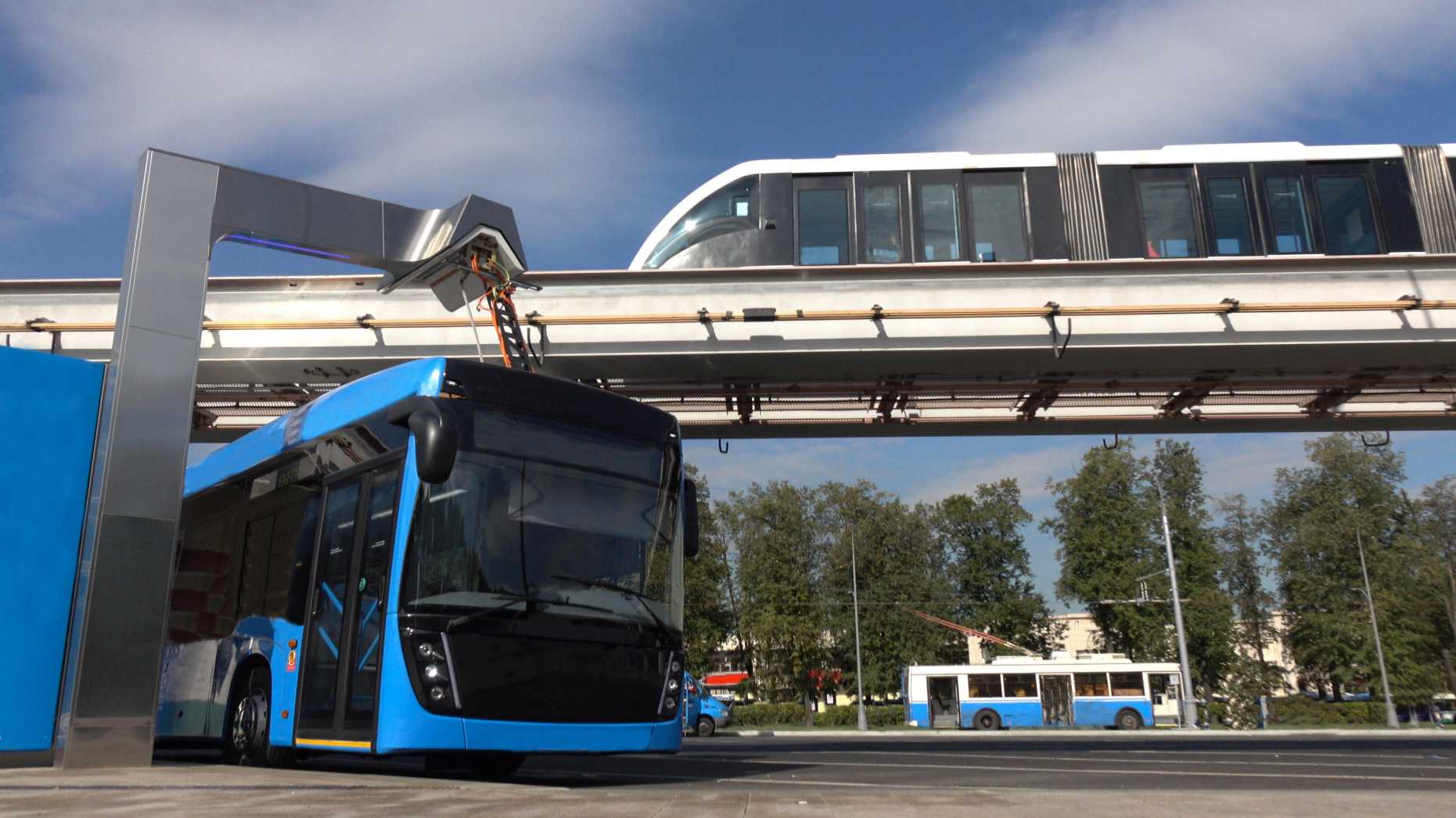Beyond a transport node? What residents want from
transforming railway stations.
New research by Michael Wicki, Sophie Haullera, Thomas Bernauer and David Kaufmann explores the preferences of various stakeholders in transformind railway stations.

The transformation of railway hubs into multimodal transport stations is part of a broader effort to increase low-carbon transportation, cut down on emissions and develop more sustainable cities. However, creating these mobility centres of the future is more than a mere technical question. Instead, transport hubs should be considered within the wider metropolitan ecosystem, with a focus on integrating them into the existing urban landscape.Using this approach, the values and desires of those living near these stations must also be taken into account.
Michael Wicki, Sophie Haullera, Thomas Bernauer and David Kaufmann at the ETZ Zürich designed an adaptive survey experiment to better understand these preferences. The survey was deployed at three railway sub-stations in Switzerland (Bern Wankdorf, Nyon, Ostermundigen) with a total sample size of 2028.
Their experiment featured a three stage evaluation of the relative importance of 4 factors:
- Core Transportation Services: This includes the basic main functions of a station, measured using the type, frequency and transfer time of trains.
- Individual Transportation Services: Scooter, bike, and car sharing services as well as parking.
- Services and Commerce: Shoops, catering and other third party offerings.
- Public Space: This metric took into account things such as the amount of security, green space and public toilets.
In order to best capture the preferences of the nearby residents, each factor was rated individually, ranked in oder of importance and finally compared head to head against another factor. The results of this process revealead that people valued the Core Transportation Services the most, followed by Public Space considerations. Commercial and individual transportation services by contrast were valued lower.
Combining these results with existing data about the relationship between residents and local transport hubs, the researchers concluded that railway stations are more than simple logistical or shopping centres, rather they represent a key component of neighborhood life. This perspective adds to the growing paradigm shift of seeing sustainable transportation development in a broader, more integrated context, where multiple functions come together to create a shared space beyond simple trains and kiosks.
